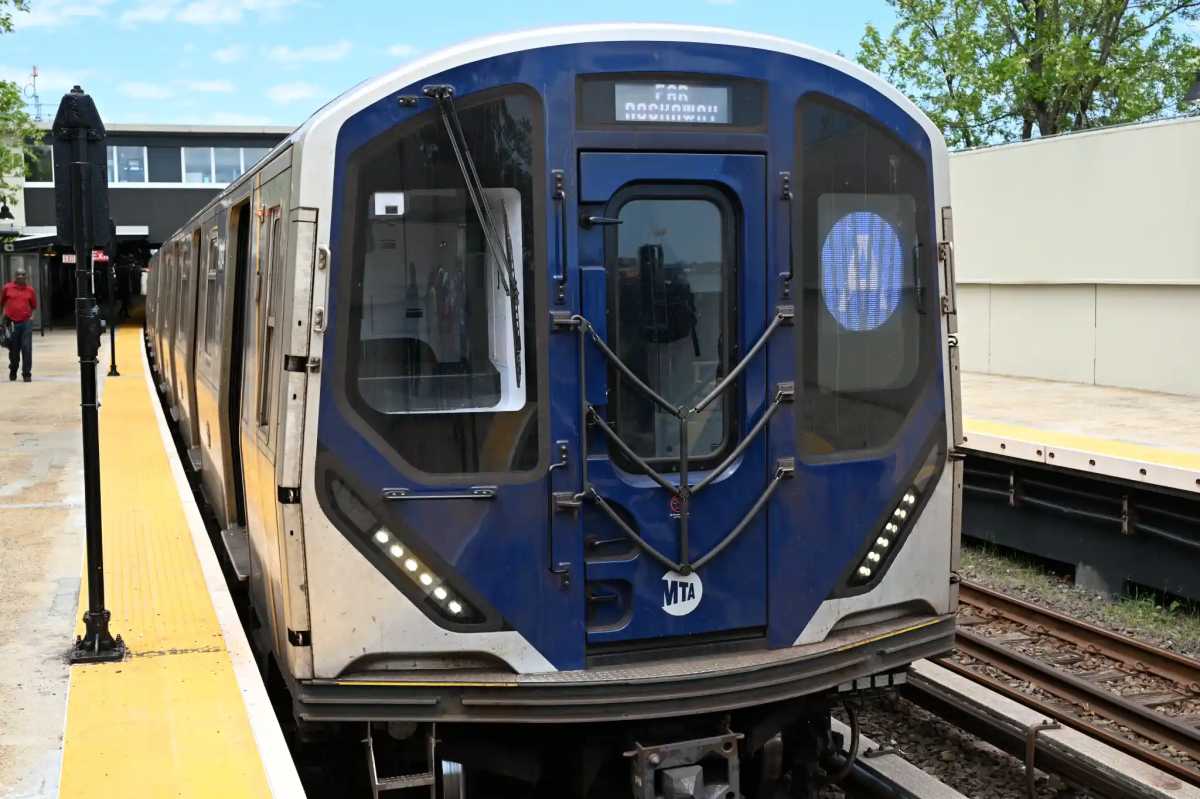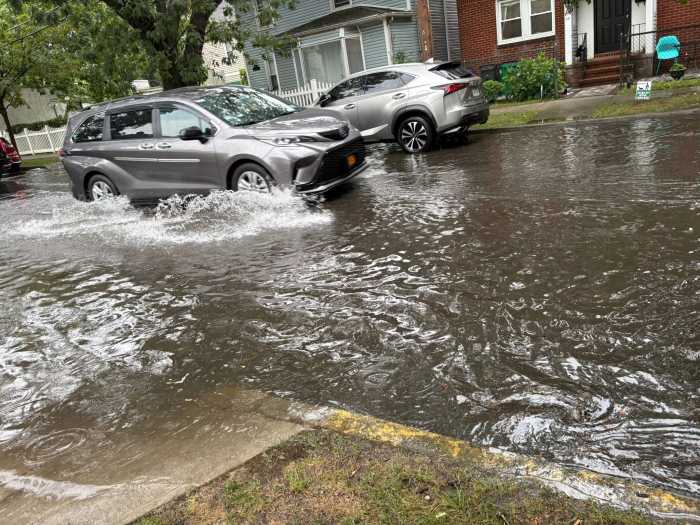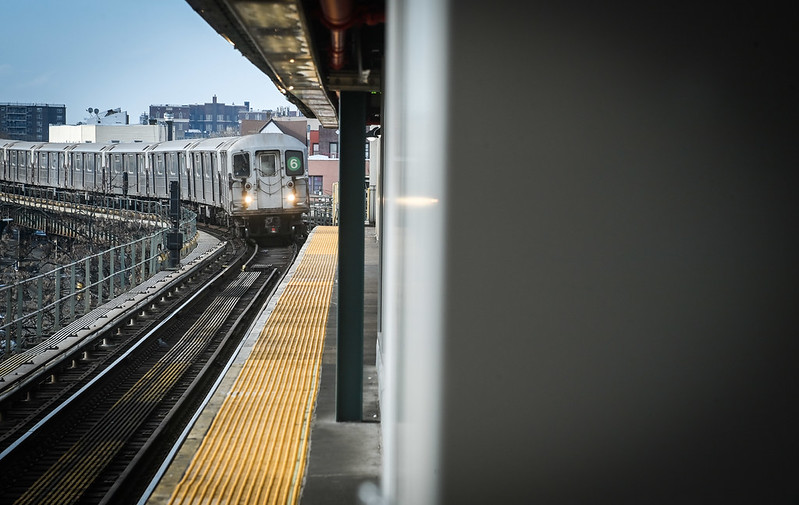By Bob Harris
Civic associations in Jamaica Hill, Flushing, Laurelton, Richmond Hill, Astoria, Forest Hills and Rego Park are pushing to change zoning laws to protect the one-family home ambiance of their neighborhoods.
Homeowners in these areas have discovered that the zoning of their streets does not reflect the one-family homes, which should be in R2 areas but the 1961 Zoning Resolution designated them R4 or R6.
The problem is that builders have bought homes, torn them down and built, say, a three- or four-story building with four or six apartments. Through her Queens Zoning Task Force, former Queens
Borough President Claire Shulman has helped about 21 areas be “downzoned” for one-family homes. Queens Borough President Helen Marshall has continued the Zoning Task Force and is working with the Queens City Planning Commission Office.
In the past few months, the Queens Civic Congress, an umbrella group of about 100 civic associations, has held downzoning sessions conducted by Flushing Civic leader Paul Graziano, who is land use chairman of the Queens Civic Congress and an urban planning/historic preservation consultant, as well as a member of the Waldheim Neighborhood Association.
Using this information on how to change their zoning, some civic associations are initiating the rezoning process, which could take
a year or two, or more. The civics want to protect their communities against new buildings that will change the character and quality of life in their neighborhoods.
The Jamaica Hill Civic Association wants to rezone about 60 blocks of one-family homes near Jamaica High School and Thomas A. Edison Vocational and Technical High School. Graziano has been working for three years to have 150 blocks in northern Flushing rezoned.
Patricia Dolan, president of the Kew Gardens Hills Civic Association, used volunteers and the resources of many people in her neighborhood and finally had it rezoned a few years ago. Every house in the area had to be identified so rezoning could take place. It is a lot of work but it is the only way to prevent a neighborhood from becoming a cement jungle.
Downzoning is a long process requiring public review of the proposed change. John Young, director of the Queens Office of the City Planning Commission, will work with civic groups that want to change the zoning.
The Forest Hills Van Court Homeowners Association has presented its downzoning of the Forest Hills/Rego Park area to Community Board 6, which just held a public hearing and unanimously voted for the downzoning from R4 to R2, R3A or R3-1. The latter two zoning designations can have two-family detached or semi-detached houses, depending on what is there.
When an area is rezoned the buildings already there remain, even if a builder has managed to “get in” a taller building prior to the zoning change. Homeowners living in Norwood Gardens in Astoria who loved their distinctive single-family homes recently discovered that their area was not zoned R2 for one-family homes but R6 when a builder started constructing a four-story, three-family edifice in their midst. One resident said the builder is building like crazy.
Neighborhood residents have created the Norwood Neighborhood Association to coordinate efforts to preserve their distinctive homes built in the 1920s. They are working on downzoning and landmarking
their neighborhood with Graziano’s help.
Stories such as this should make people realize the importance of a civic association or block association. Homeowners and tenants should join their neighborhood group or create one if there is none.
Good and Bad News of the Week
It is good that Congress passes laws and that the president signs them to provide for the country’s defense. What is bad is the money spent for unnecessary weapons or bases just so a particular legislator can give money to workers and contractors in his or her state
or district. The military realizes that it may not need weapons that were started a couple of decades ago or bases that were opened 75 years ago.
It is sad that legislators vote for each other’s pork barrel laws. A couple of wasteful weapons, unsuited for our modern world of warfare, are the 70-ton Crusader Howitzer and the F-22 jet fighter. Then there is the Osprey helicopter, which the Marines want even though it keeps crashing. Yes, build the weapons we need but don’t waste money on useless weapons or bases. We could use this money on schools, parks, mass transit or medicine for our cash-strapped seniors.

































